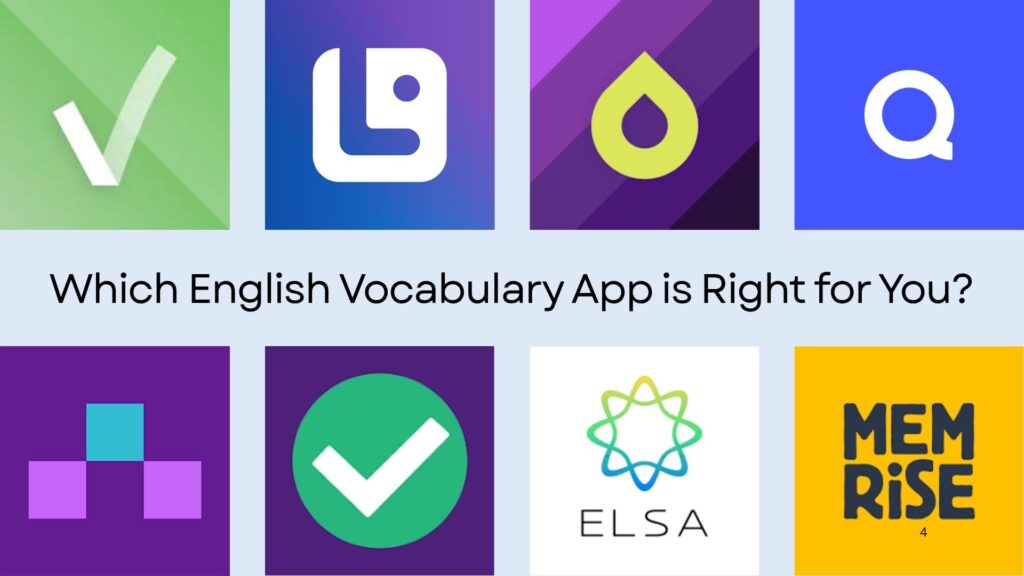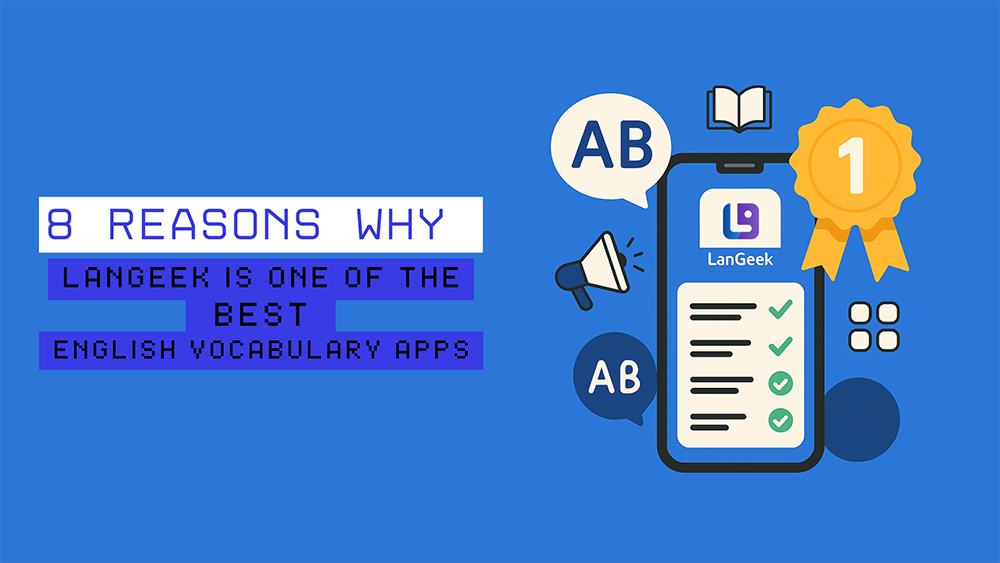Research consistently demonstrates that vocabulary acquisition is paramount to achieving fluency in a new language. A rich vocabulary provides the building blocks for understanding, speaking, reading, and writing, enabling effective communication and deeper engagement with the target language. Recognizing this fundamental principle, we developed Langeek—a comprehensive platform designed to empower learners to master English vocabulary. Langeek goes beyond simple memorization, offering a holistic learning experience that encompasses all facets of word learning and practical application.
Langeek’s Three-Pillar Development Approach
Langeek’s development is structured around three interconnected levels, forming a complete learning cycle:
- Foundation: This level focuses on establishing a robust base of knowledge for each word.
- Features: This level introduces interactive tools and exercises designed to reinforce different aspects of word learning.
- Application: This level provides opportunities to apply acquired vocabulary in realistic contexts through reading, listening, and conversation exercises.
1. Foundation
The Foundation is the cornerstone of Langeek, providing learners with a deep and multifaceted understanding of each word:
- Definitions and Translations: Langeek offers clear and concise definitions in English, written in accessible language. Where applicable, translations in multiple languages are provided to aid learners whose first language is not English. This ensures that learners grasp the core meaning of each word, regardless of their background.
- Example Sentences: Context is crucial for understanding how words are used in real-world situations. Langeek provides numerous example sentences, showcasing the word’s usage in different contexts and demonstrating its various meanings and nuances. These examples help learners understand the word’s typical collocations (words it commonly appears with) and its appropriate usage in different registers (formal, informal, etc.).
- Visual Aids (Pictures and Illustrations): Visual learning can significantly enhance memory and comprehension. Langeek incorporates relevant images and illustrations to help learners associate words with visual representations, creating stronger memory links and making learning more engaging. This is especially helpful for concrete nouns and verbs.
- Grammar Information: Understanding a word’s grammatical function is essential for its correct usage. Langeek provides detailed information about each word’s part of speech (noun, verb, adjective, adverb, etc.), its common collocations (words it frequently appears with), and its inflections (changes in form to indicate tense, number, case, etc.). This comprehensive grammatical information allows learners to construct grammatically correct sentences and use words with accuracy and confidence.
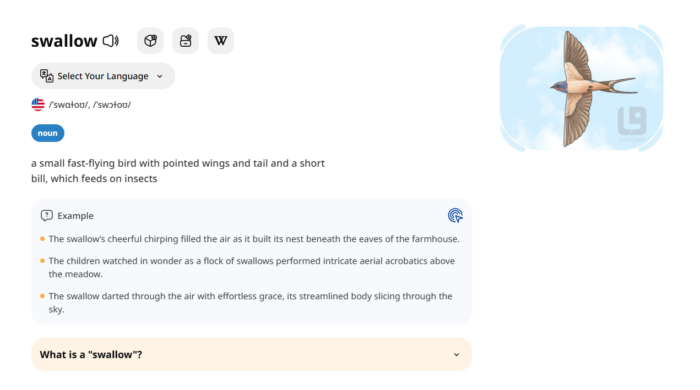
This detailed database forms the bedrock of Langeek, providing learners with a rich and multifaceted understanding of each word.
2. Features
Building upon the Foundation, Langeek offers a suite of interactive features designed to reinforce learning and cater to different learning styles:
- Flashcards and the Leitner System: Langeek utilizes digital flashcards combined with the Leitner system, a powerful spaced repetition technique. This system organizes flashcards into boxes based on review frequency, ensuring that learners review words at optimal intervals for long-term retention. Cards answered correctly are reviewed less frequently, while incorrect answers are reviewed more often, focusing learning efforts where they are most needed. This system is based on the principle that spaced repetition strengthens memory over time.
- Spelling Exercises: Accurate spelling is crucial for effective written communication. Langeek offers engaging spelling exercises that challenge learners to correctly spell the words they are learning. These exercises may include various formats, such as fill-in-the-blank activities, dictation exercises, and interactive games, making spelling practice more engaging and effective.
- Pronunciation Exercises (Coming Soon): Correct pronunciation is essential for clear spoken communication and effective listening comprehension. Langeek’s upcoming pronunciation exercises will provide learners with opportunities to practice their pronunciation through audio recordings of native speakers, phonetic transcriptions, and interactive feedback mechanisms. This feature will help learners develop accurate pronunciation, improve their listening skills, and boost their confidence in speaking.
- Grammar Quizzes and Exercises (Coming Soon): To further solidify grammatical understanding, Langeek plans to introduce grammar quizzes and exercises specifically tailored to the vocabulary being learned. These interactive activities will reinforce grammatical concepts and help learners apply them correctly in different contexts, strengthening the connection between vocabulary and grammar.
These features are designed to create an engaging and effective learning experience, maximizing retention and promoting active learning.
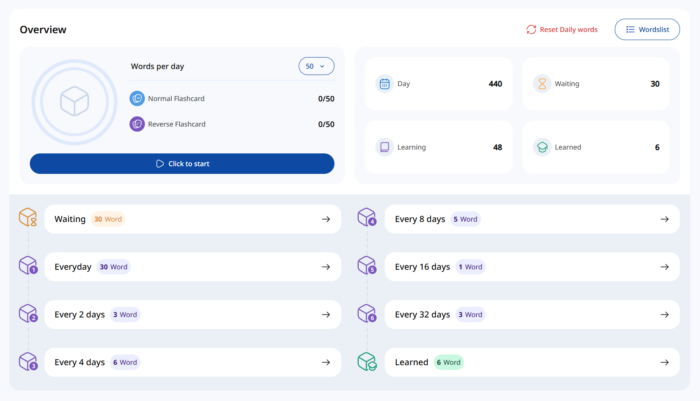
3. Application
The final piece of Langeek’s comprehensive approach is Application, which focuses on providing learners with opportunities to use their newly acquired vocabulary in realistic contexts:
- Reading Section: Langeek’s existing reading section offers a diverse collection of reading passages on a wide range of topics, from news articles and short stories to academic texts and blog posts. Learners can read these passages and encounter the words they have learned in natural contexts, reinforcing their understanding and improving their reading comprehension skills. Furthermore, learners can easily identify unfamiliar words within the texts and add them to their personal learning lists, seamlessly integrating reading practice with vocabulary acquisition.
- Listening Section (Coming Soon): The planned listening section will provide learners with opportunities to practice their listening comprehension through various audio exercises, such as dialogues, lectures, and news reports. This section will expose learners to different accents, speaking speeds, and real-world listening scenarios, improving their ability to understand spoken English in diverse contexts.
- Conversation Section (Coming Soon): The future conversation section will focus on familiarizing learners with real-world conversational conventions and situations. This feature may include interactive dialogues, role-playing exercises, and other activities that simulate real-life conversations, helping learners develop confidence and fluency in spoken English. This section will also help learners understand pragmatic aspects of language use, such as appropriate register and social context.
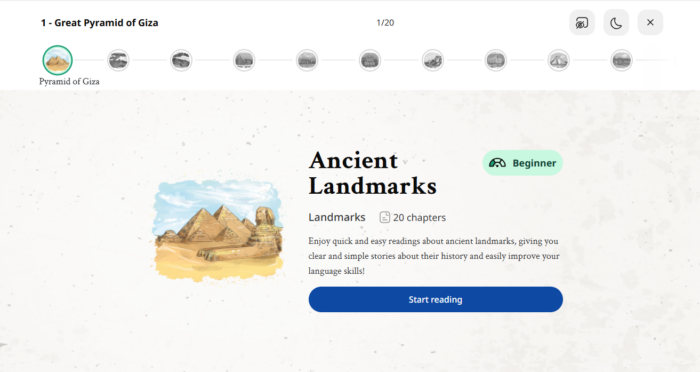
Theoretical Foundations: Evidence-Based Learning
Langeek’s design is grounded in well-established theories of language learning and cognitive psychology, ensuring that the platform is both effective and engaging. Four key theoretical influences have shaped Langeek’s development:
- Input Hypothesis (Stephen Krashen): This theory emphasizes the importance of comprehensible input—language that is slightly above the learner’s current level but still understandable. Langeek’s reading and listening sections provide a wealth of comprehensible input, facilitating language acquisition through natural exposure and encouraging learners to infer meaning from context.
- Vocabulary Learning Theories (Paul Nation): Paul Nation’s research highlights the crucial role of vocabulary knowledge in language comprehension and production. Langeek’s comprehensive approach, which focuses on various aspects of word learning (meaning, form, and use), aligns with Nation’s principles for effective vocabulary acquisition, including the importance of encountering words in multiple contexts.
- Spaced Repetition Theory: This cognitive psychology principle suggests that information is better retained when reviewed at increasing intervals. Langeek’s use of the Leitner system for flashcard review directly applies this principle, optimizing long-term memory retention by scheduling reviews at progressively longer intervals.
- Multisensory Learning: This theory proposes that engaging multiple senses (visual, auditory, kinesthetic) can enhance learning and memory. Langeek incorporates visual aids (pictures) and will include audio components (pronunciation exercises and listening section) to cater to different learning styles and maximize learning effectiveness.



